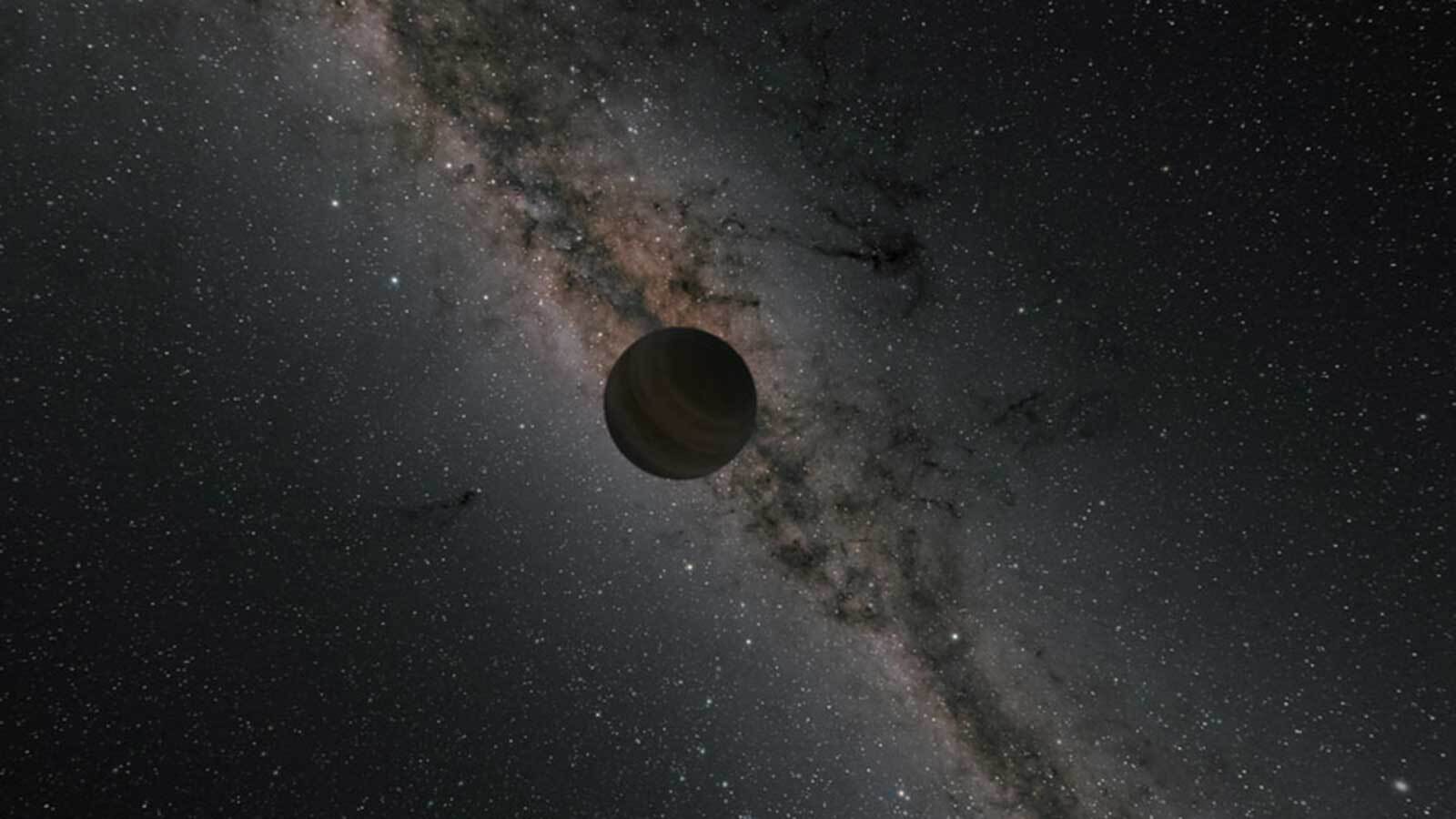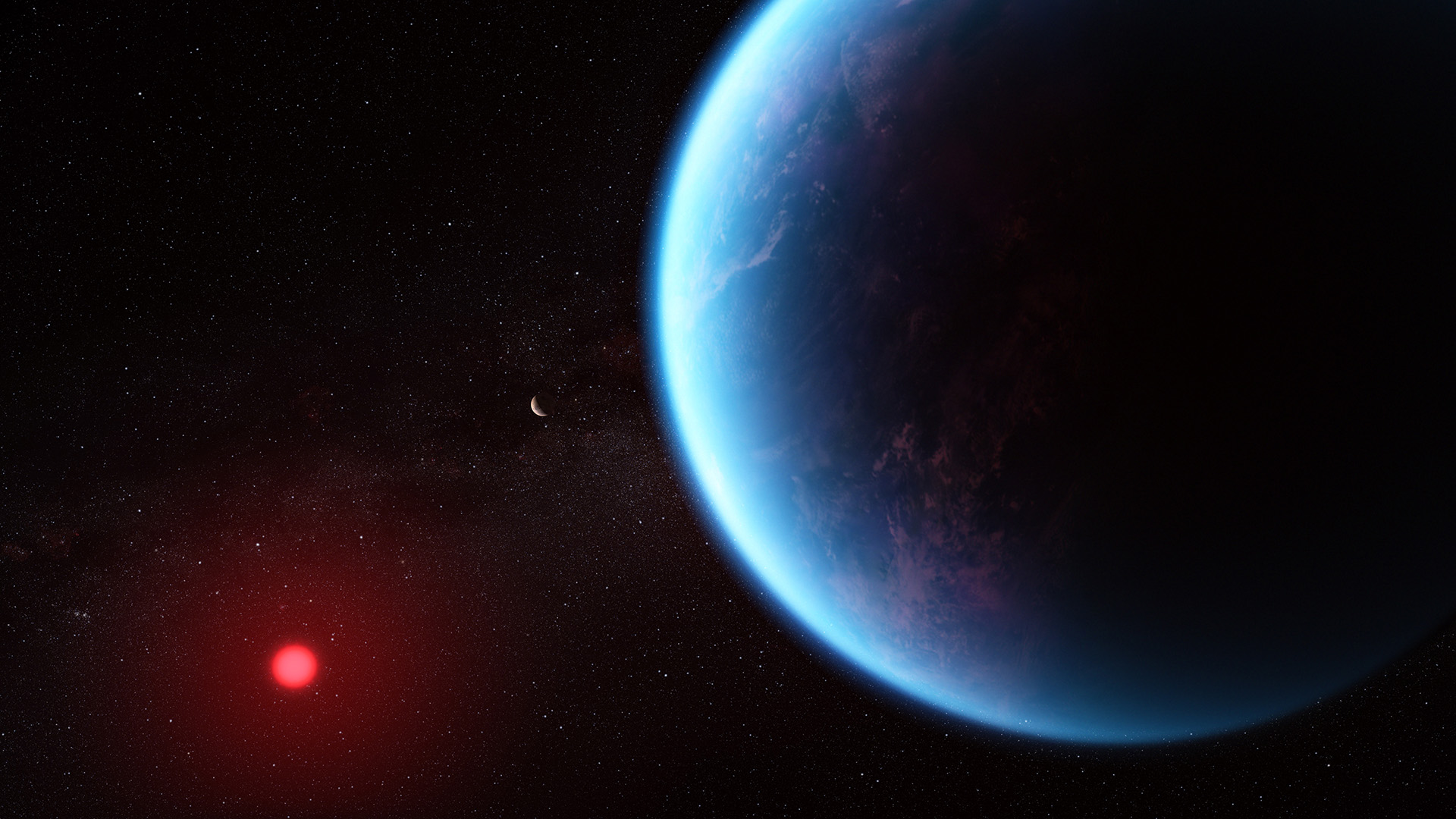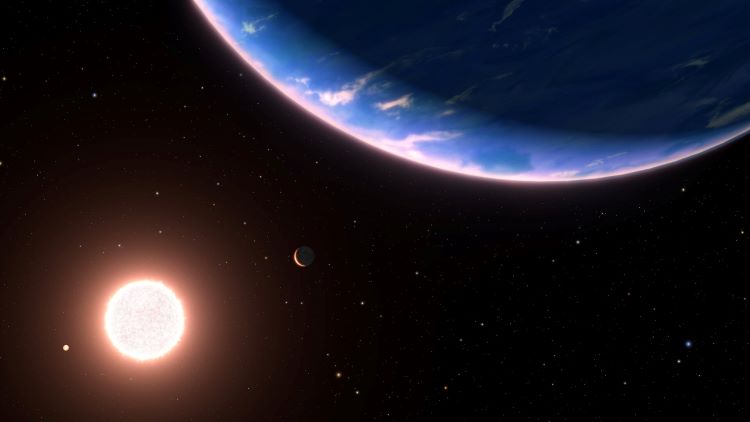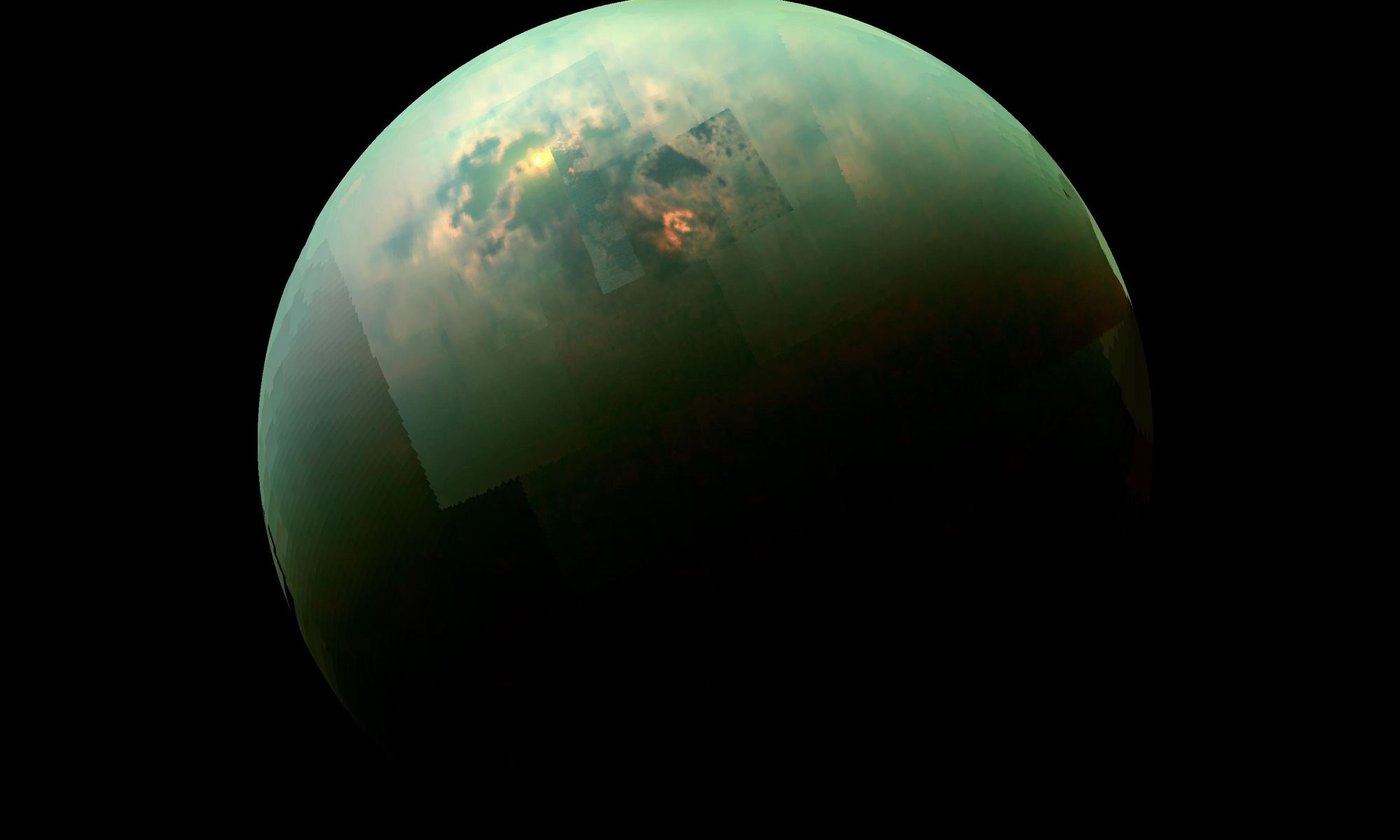Well over 5,000 planets have been found orbiting other star systems. One of the satellites hunting for them is TESS, the Transiting Exoplanet Survey Satellite. Astronomers using TESS think they are made a rather surprising discovery; their first free-floating – or rogue – planet. The planet was discovered using gravitational microlensing where the planet passed in front of a star, distorting its light and revealing its presence.
Continue reading “TESS Finds its First Rogue Planet”TESS Finds its First Rogue Planet










